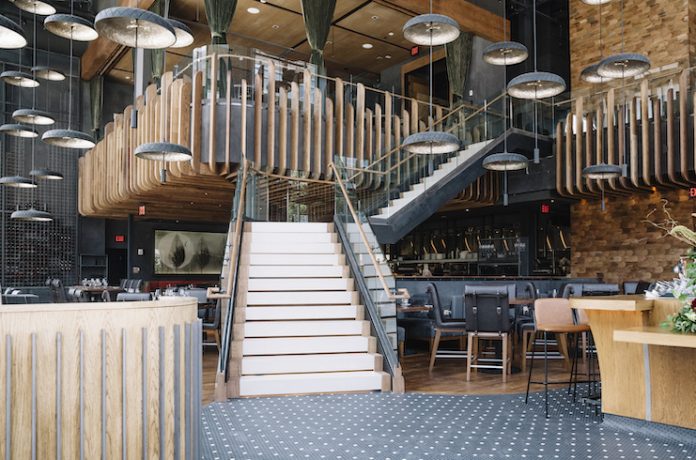
Since the COVID-19 pandemic, hoteliers have had to make significant adaptations to their businesses, including rethinking food and beverage operations to keep guests healthy and safe. While many pandemic-era restrictions have eased, guests are continuing to exhibit some of the behaviors and preferences that were initially prompted by the pandemic. Steve Palmer, managing partner of The Indigo Road Hospitality Group, shares his recommendations for hoteliers looking to design successful food and beverage outlets in a post-pandemic environment.
1Emphasize Outdoor Space
Palmer says that since the pandemic, many people have found that they just enjoy being outside and unwinding with peers. “I sort of laughably say that I would never design a hotel without a rooftop bar. It doesn’t even matter if you have a view or not—people love to be outside and so we are putting a lot more importance on rooftop bars, outdoor seating, and kitchens.”
2Be Specific
Having a restaurant with a specific niche can go a long way in driving revenue. “I think too often you see a hotel restaurant shoved in the back of the lobby, and there’s no particular design or sense of identity. It’s important to be specific; maybe this means a dinner-only French restaurant or coffee bar. Be more intentional; we saw that when we did that, our food and beverage revenues were often 50 percent of total revenue.”
3Include a Street Entrance
Having a street entrance to an on-site restaurant is more welcoming to locals and makes it feel like its own destination apart from the hotel. “There’s a lot of subtle things from branding and marketing identity. A hotel restaurant has got to have its own identity and be marketed and positioned that way. We know that especially in boutique hotels, customers crave authenticity.”
4Rethink Breakfast
Often, hoteliers feel as though guests need to have a full breakfast option. Palmer says that’s not necessarily the case. “If you look at morning human behavior, they go for a coffee or muffin and so the coffee bar becomes the breakfast experience. We may do a Sunday brunch with service, but people love the grab-and-go options. It also completely changes your labor model from a profitable point of view.”
5Design With Intentionality
A unique food and beverage concept may not please every single guest, and that’s okay, Palmer says. “I think hotel food and beverage often tries to be all things and all people. You’ve got to get out of that mindset. The best thing a boutique hotel or any hotel could do to create authentic options is to hire a local chef, decide what you’re going to be, and be okay with the fact that it might not be for every one of your guests. Ultimately, you’re going to drive the guest experience and you will start to drive room nights too. If you’re in a destination hotel and people are coming to town and want to eat at a particular restaurant, don’t be surprised when they also decide to stay for a night. Be okay with being really specific and very intentional in what your food and beverages offerings are and what they are not.”











